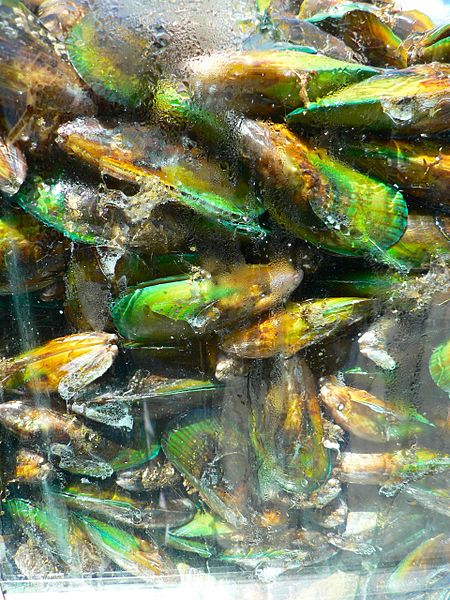Media release
From:
"Areas in the world where Indigenous peoples speak their languages and continue to enact their traditional practices correlate strongly with areas of high biodiversity.
"This study showcases a project which successfully positioned mātauranga Māori and marine science working together, using traditional Māori resources and practices to solve contemporary environmental problems.
"Co-developing the research with iwi partners at all levels and all stages was fundamental to the project, which is ultimately about the future of our harbour, our kaimoana and our mokopuna. It is always better when we work together."



 New Zealand
New Zealand


